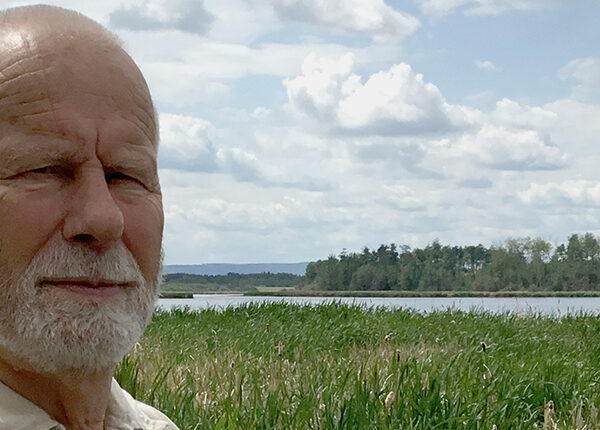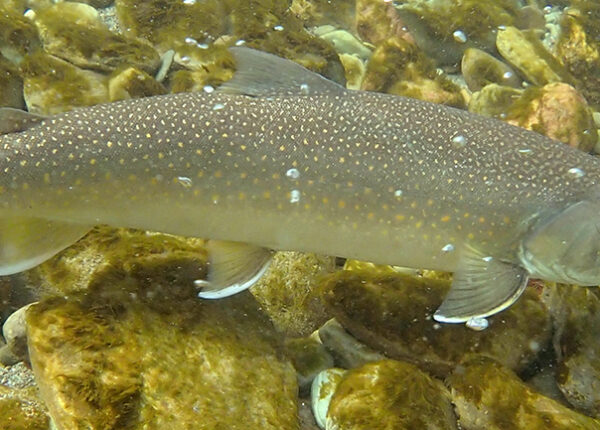Restoring caribou habitat for herds in our Peace Region
Efforts to restore habitat for endangered caribou west of Chetwynd are showing early signs of success. The most current data show that the deactivation and reforestation of a 2.3-kilometre section of forest service road on Mount Bickford has reduced vehicle use in a sensitive caribou calving range. More importantly, eliminating the hard-packed trail—often used by predators to access critical caribou habitat—has resulted in fewer wolves observed during the monitoring period: wolf observations went from seven to zero.
The Klinse-Za/Scott East caribou herd’s population declined rapidly until 2013 when recovery measures began—habitat restoration is part of the solution to avert extirpation. This restoration project is led by Nîkanêse Wah tzee Stewardship Society, a joint venture of Saulteau and West Moberly First Nations. Given the success of this pilot project, the society received funding from the FWCP to identify and restore other high-priority linear corridors. The efforts will also complement the society’s Klinse-Za maternity pen project, which is helping to enhance caribou survival during the calving period.
More: PEA-F20-W-2943





